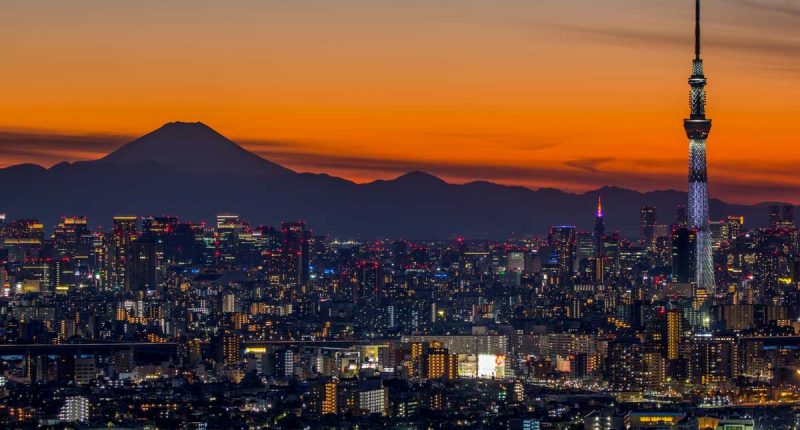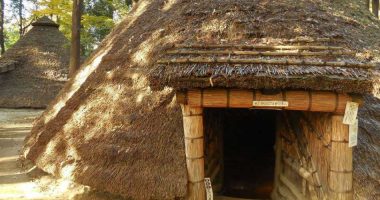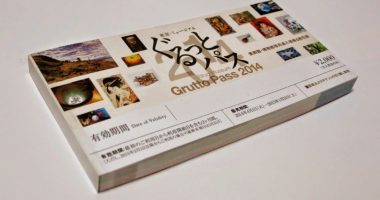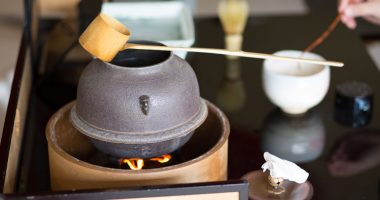Whether it’s enjoying a picnic under the cherry blossoms or sitting in the intense silence before the clash of two sumo wrestlers, Tokyo’s rich history, the country’s four seasons, and 38 million people all living next to each other in the Greater Tokyo Area mean that no matter when you decide to visit the capital, you will never be short of things to do. The below gives a brief run-down of the Tokyo calendar so you can better plan your visit.
When is peak season?
There are two peak seasons for visiting Japan and five periods when the costs of hotels and flights spike. The most popular times for tourists to visit Tokyo are the end of March and beginning of April when the cherry trees come into bloom, and the end of November and early December when the leaves turn yellow and red. The other three periods when you may find hotels and flights costing more than usually are due to public holidays in Japan. Most Japanese companies only give workers 10 days of paid leave each year (and there is sadly a lingering culture of workers feeling uncomfortable asking to take even those); however, this is partially mitigated by the number of public holidays on the calendar—usually around 15 days. Japan’s workers make the most of this time off by travelling within Japan or going abroad, and because everyone ends up holidaying at the same time hotel and flights prices increase accordingly.
- 29 December until 4 January: New Year is a major holiday for Japan
- End of April and beginning of May: A string of public holidays gives rise to “Golden Week”
- Mid-August: O-bon is not officially a public holiday but many companies give employees paid leave during this time
Is there a time to avoid?
Japan is an all-year round destinations with four distinct seasons showing different aspects of the country. September, however, sees the most rainfall of all the months and is peak typhoon season so I would advise against visiting during this month, if possible.
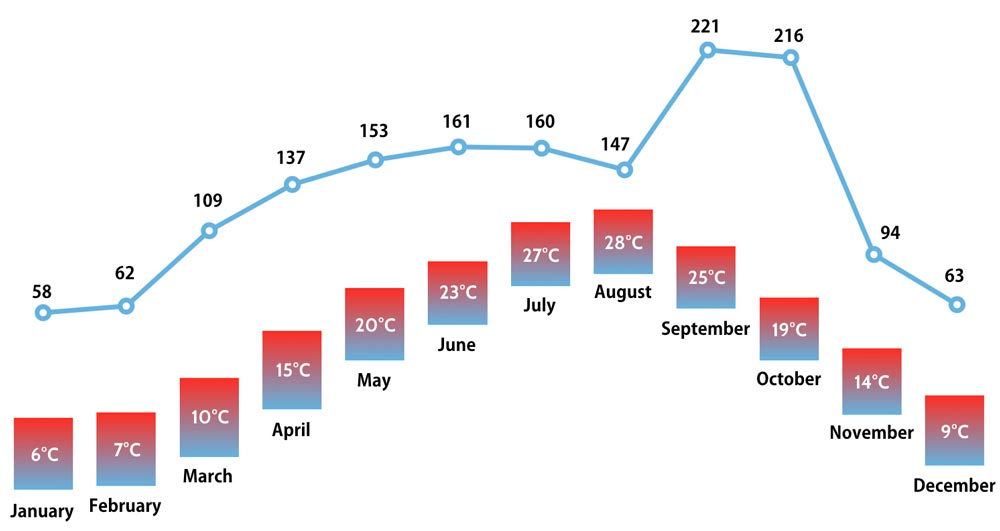
Must See Events in Tokyo
There are hundreds of events in Tokyo each year. You can see the events calendar for a full listing, but below is a selection of some of the best.
January
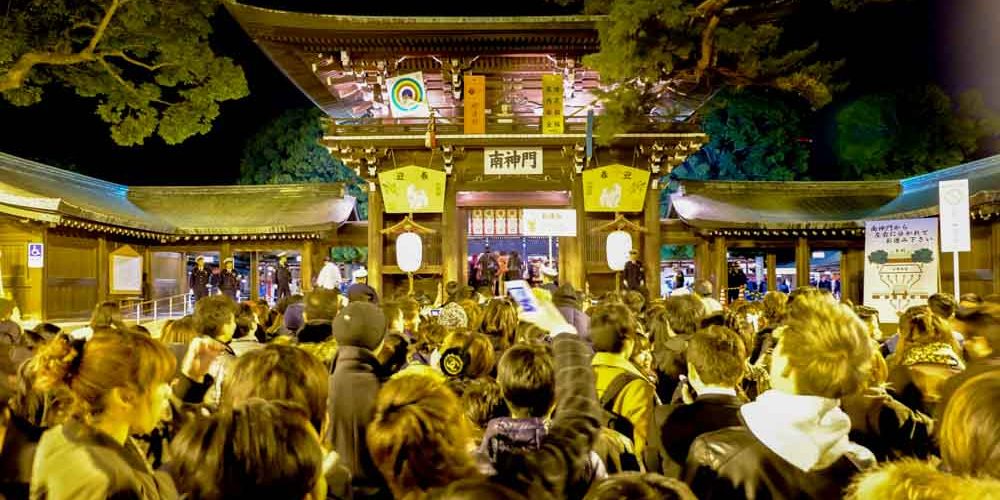
New Year is the biggest seasonal holiday on the Japanese calendar, and many Japanese travel back to their hometowns to spend time with family. With about 70% of the population born outside, this exodus impacts Tokyo the most, and the capital’s streets are relatively quiet over New Year. For the Shinto shrines, however, it is one of the busiest time of the year. When the clocks turn midnight and the new year begins, major shrines like Meiji Shrine see tens of thousands of visitors line up in the cold for hours to perform hatsumode (the first prayer of the year). While this can be a memorable experience for foreign visitors, the city generally remains quiet until the 4-5 January when people return to Tokyo and every day life begins again.
Other notable events in January include Coming of Age Day (seijun no hi) on the second Monday, when young people who turned 20-years-old the previous year head to the city halls to celebrate their leap to adulthood and the trains and streets suddenly fill with girls in their kimono. The sumo calendar also kicks off with the first of six tournaments in Tokyo.
General Cost
New Year is a major holiday period in Japan and so hotels and flights to Tokyo will be expensive during this time. However, the rest of the month is considered off-peak so you might be able to get a deal.
Weather
January is the coldest and driest month of the year. The skies of a beautiful deep blue but the days are short (sunset is around 5pm).
February
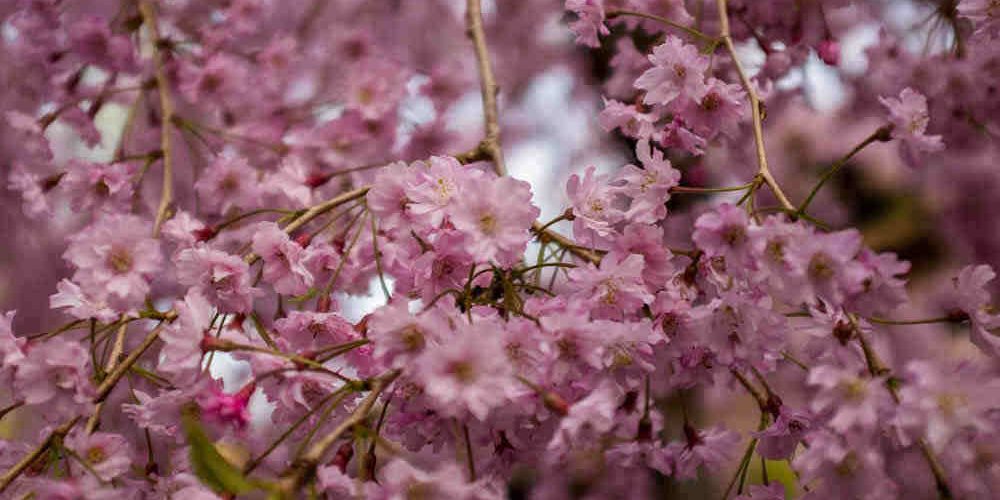
General Cost
Off-peak. Hotels and flights should be cheaper.
Weather
Like January the weather is dry and cold, and the days short (sunset in Tokyo around 5:30pm).
March
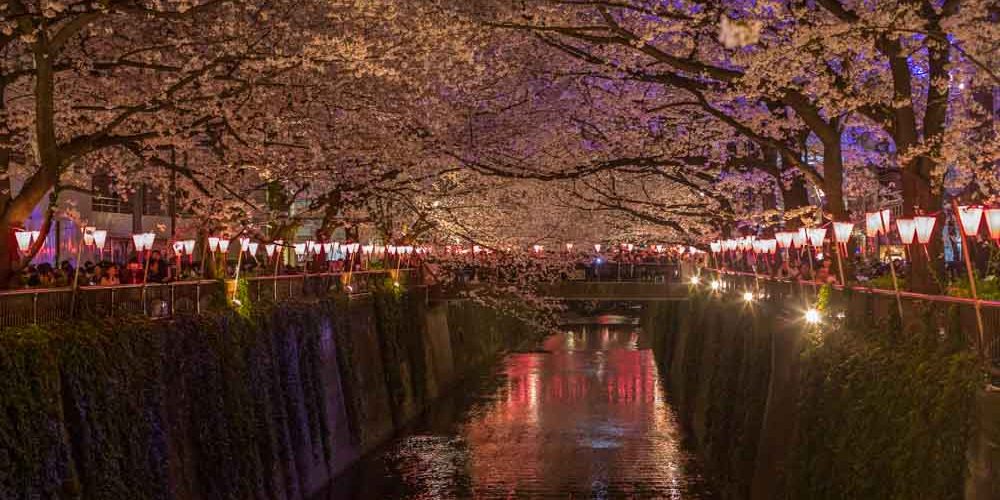
The temperature starts to rise and winter ends with the arrival of the cherry blossoms—the biggest seasonal event on the calendar. The pageantry of the delicate pink blossoms starts in Kyushu in mid-March and gradually makes it way up to the northern island of Hokkaido (the southern island of Okinawa is actually the first to see the cherry blossoms in late January).
The flowers bloom in Tokyo towards the end of March and last for 2-3 weeks, although they are in full bloom for only half of that. The Japanese certainly know how to make the most of their fleeting visit: sake-dowsed picnics and night illuminations at the parks and rivers. Daily media updates let the populace know the percentage of the bloom and the bests places to see them. Seeing the cherry blossoms is an unforgettable experience, but the end of March and beginning of April is one of the most expensive times to visit the country. If you’re willing to pay the premium you will need to book well in advance (especially in the old capital of Kyoto, hotel rooms are like gold dust).
General Cost
The end of March and beginning of April is the most expensive time to visit Japan, and those who plan on doing are strongly advised to book flights and hotels well in advance.
Weather
After the colder months of January and February, the temperature starts to pick up as spring approaches, but you will still need warmer clothes.
April
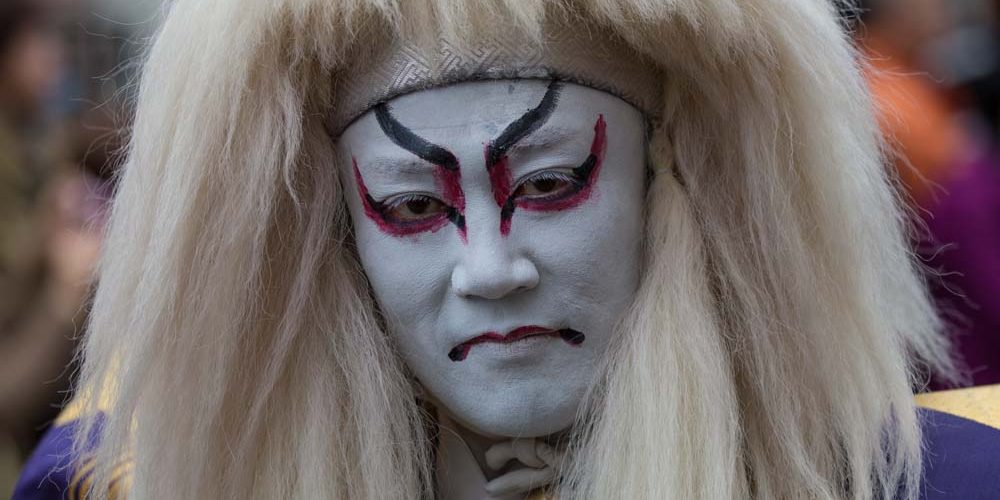
The fervor that temporarily hit the nation slowly subsides with the falling of the cherry blossoms in mid-April. The baseball season kicks off with teams playing each other 5-6 times per week until October. The sport is followed by over 20 million people up and down the country, and with three baseball teams in and around Tokyo, tickets at venues like Tokyo Dome are relatively easy to get. With the coming of spring there are a number of festivals in and around the capital, some recommendations being the Bunkyo Azalea Festival at Nezu Shrine and the Wisteria Festival at Kameidoten Shrine. Check out the events calendar to see what else is on.
General Cost
Prices will fall after the passing of the cherry blossoms but it is still a popular time to visit Japan. Prices spike again towards the end of the month due to another major period of public holidays called “Golden Week”.
Weather
Some days are still a little chilly and a light waterproof is advisable, but the days are becoming noticeably warmer.
May
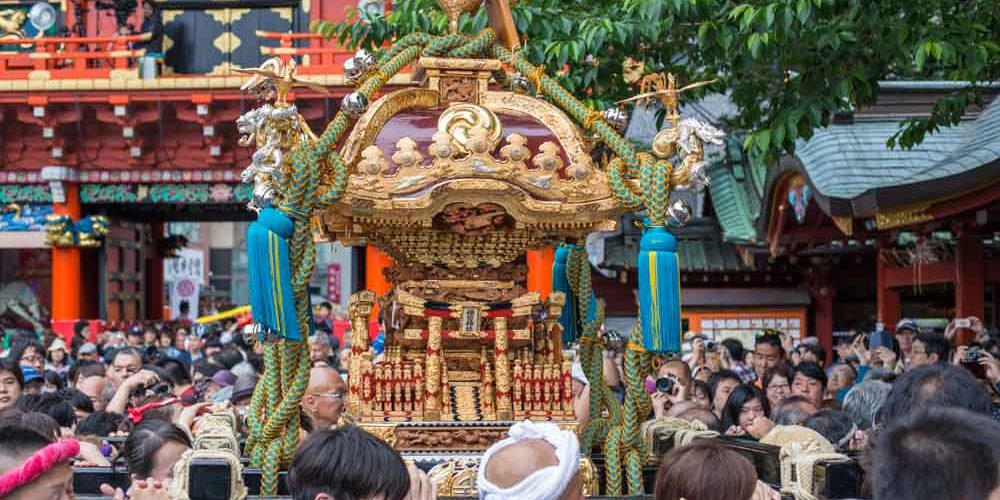
A string of public holidays at the end of April and beginning of May give rise to “Golden Week”. Many Japanese fill in gaps between weekends with their own company holiday (10 days paid leave is still standard at many companies in Japan so workers need to choose their days wisely) to make for a week-long vacation.
May is host to two of Tokyo’s three major festivals—Kanda Matsuri and Sanja Matsuri—and there are a number of other events near Yoyogi Park. The public gardens in Tokyo like Rikugien and Shinjuku Gyoen are also a joy to walk around as many of the flowers are in bloom.
General Cost
Once Golden Week has past in early May prices fall back down to normal levels.
Weather
Average temperature around 20°C (68°F) with some rainy days.
June
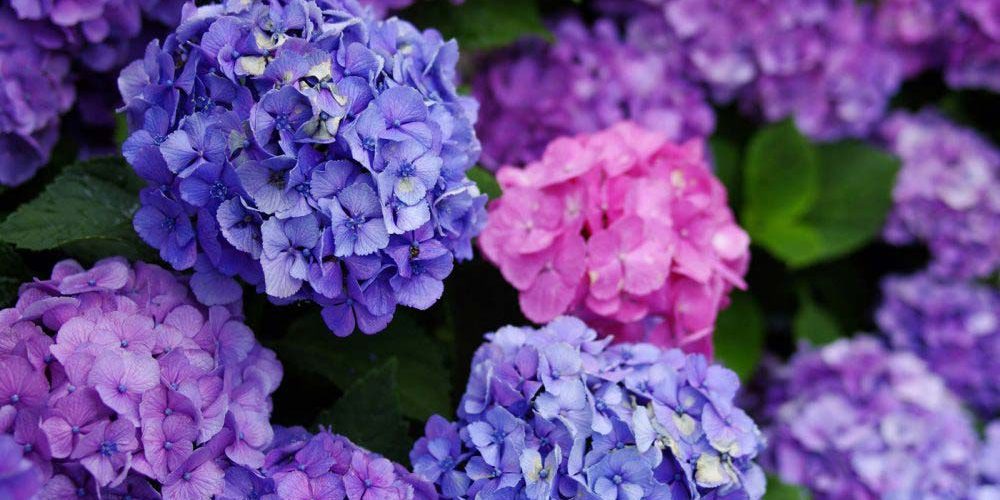
In June tsuyu (the rainy season) arrives. It typically begins in the first half of June and lasts until the second half of July. Despite its name, it is better characterized by gray skies and lack of sunshine (indeed, despite the much shorter days during winter, June and July are still the months that receive the least amount of sunlight). If you are visiting Japan during this period be sure to bring a thin raincoat and an umbrella.
June also sees Tokyo’s third major festival—Sanno Matsuri—take place over an 11-day period during the middle of the month and there are a number of firefly events a little outside central Tokyo.
General Cost
Less popular than April and May for visiting the capital but prices will remain fairly flat.
Weather
Days can be a little dreary and overcast and a lightweight raincoat is a must.
July
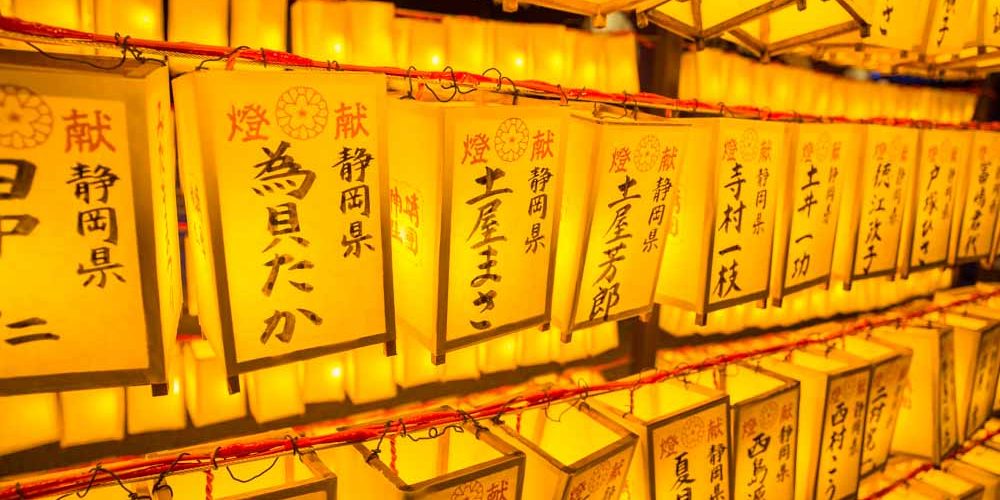
The combination of rising temperatures and a lingering rainy season makes July the most humid month—the sort of humidity which, on bad days, leaves you drenched in sweat and dreaming of cold showers. Many local and summer festivals are held in and around the capital, and the fireworks season kicks-off towards the end of the month. A few favourites are Mitama Matsuri at Yasukuni Shrine, the Lantern Festival in Odaiba, and the Wind Chime Festival at Kawasaki Daishi. Moreover, during July and August many head out in their yukata to enjoy these events creating a uniquely Japanese atmosphere.
General Cost
Despite the humidity and the sometime inclement weather, July has much to offer and is also the summer holiday for many overseas. All of which means price are a little higher.
Weather
Hot and humid, simply put. But this is Japan so all the trains and buildings are air-conditioned making it all more tolerable. You can always escape to the cooler regions outside Tokyo.
August
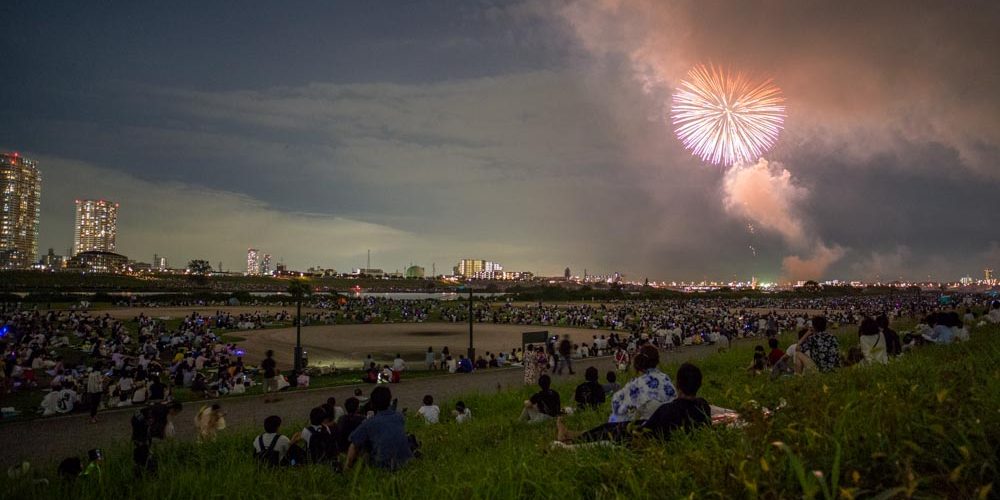
Once the skies clear and the rainy season ends, the summer is heralded in with the start of the firework season—and Japan knows how to do fireworks. Called hanabi (“flower fire”), over 20 events take place in Tokyo during the month. The events are free but the crowds are endless, and many arrive at the firework venues early to get the best spots. The famous Asakusa Samba Carnival and the Azabu-Juban Noryo Matsuri are also held in late August.
O-bon, one of the most important events on the Buddhist calendar, is held on the 15th. It honors one’s ancestors whose spirits are said to come back to visit the houses of relatives. In Tokyo there are many Bon Odori Dances at the shrines.
General Cost
Although o-bon is not officially a public holiday, many companies close their doors and Japanese travel back to their hometowns to pay their respects and visit family and for this reason hotel and travel prices can spike around mid-month.
Weather
August is the hottest month of the year and the humidity of July still persists. Blue skies are seen a little more often now that the rainy season has passed.
September
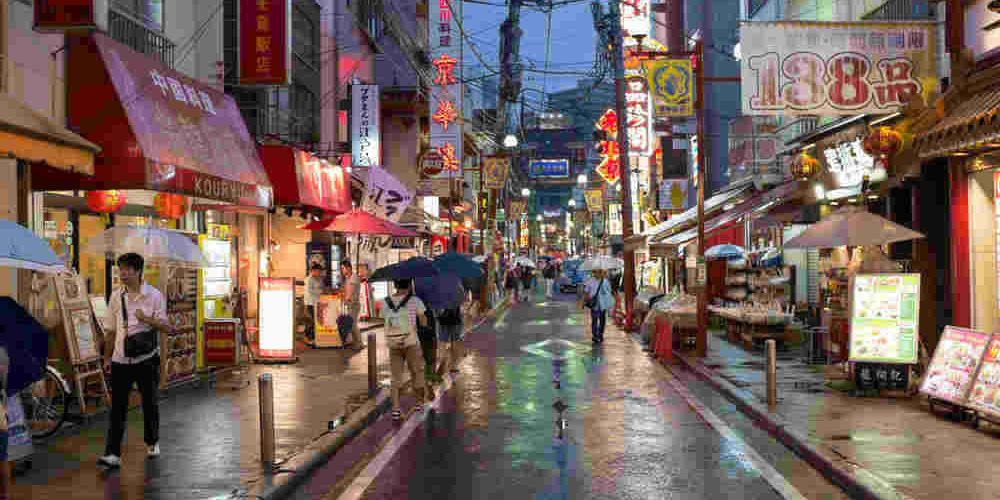
In September, the weather cools and dark clouds bring the rain. Officially the wettest month of the year, it is also the peak season for typhoons, and news channels constantly provide updates on the course of the next major storm. Only about three hit the capital on a typical year (it is often the south of Japan that suffers the most), but when they do they bring with them torrential downpours and strong winds which can disrupt transport and bring the city to a standstill.
Although they leave clear skies in their wake, unlike the drizzle and gray skies of the rainy season the downpours of September are not something one can shrug off nonchalantly and head out armed with an umbrella and anorak. Because of this September is a risky month to travel to Japan.
General Cost
Costs should be lower than August as it is not such a popular month to travel.
Weather
The wettest month of the year with days of torrential rain. Probably the one month to avoid.
October
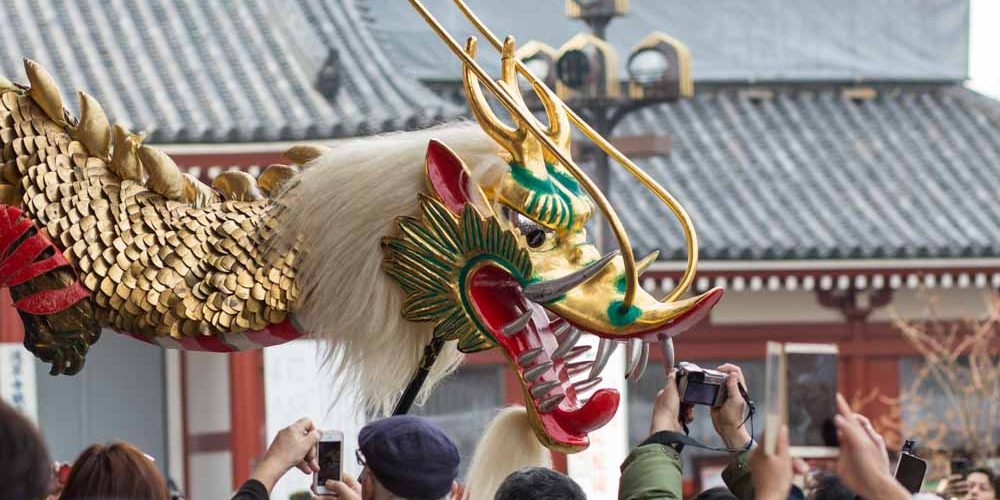
The typhoon season is coming to an end but October is still the second wettest month of the year after September. No major festivals on the calendar, but the crowds of August have disappeared and so the sightseeing spots will be quieter.
General Cost
Not as popular as the summer months for visitors and so you might be able to get a deal. I would advise coming towards the end of the month to make sure you avoid the rains as much as possible.
Weather
Notably cooler with an average day temperature of 19°C (66°F). The days are drier towards the end of the month.
November
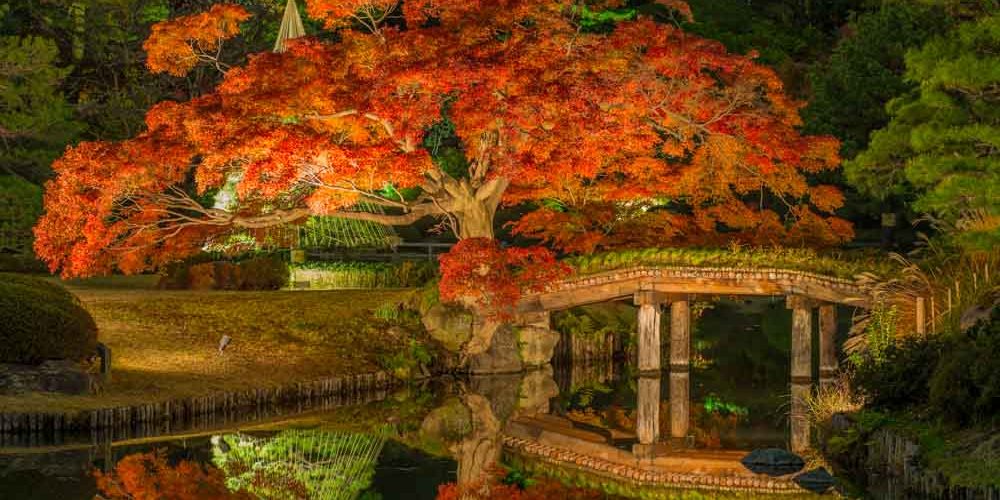
Towards the end of the month Japan witnesses the second biggest natural phenomenon of the year after the cherry blossoms: the autumn colors, and gardens like Rikugien get out the illuminations to show off the colours. If you don’t mind colder temperatures, November is an absolutely fantastic time to visit Japan. To catch the autumn colours in all their glory its best to book travel for the latter half of the month, possibly overlapping with early December.
General Cost
November is a popular time to visit Tokyo and Japan more widely, although prices aren’t as sky high as during the cherry blossom season. Visitors are advised to make travel plans and book flights and hotels well in advance, especially for popular destinations outside Tokyo like Kyoto and Kanazawa.
Weather
Cold but dry with clear blue skies
December
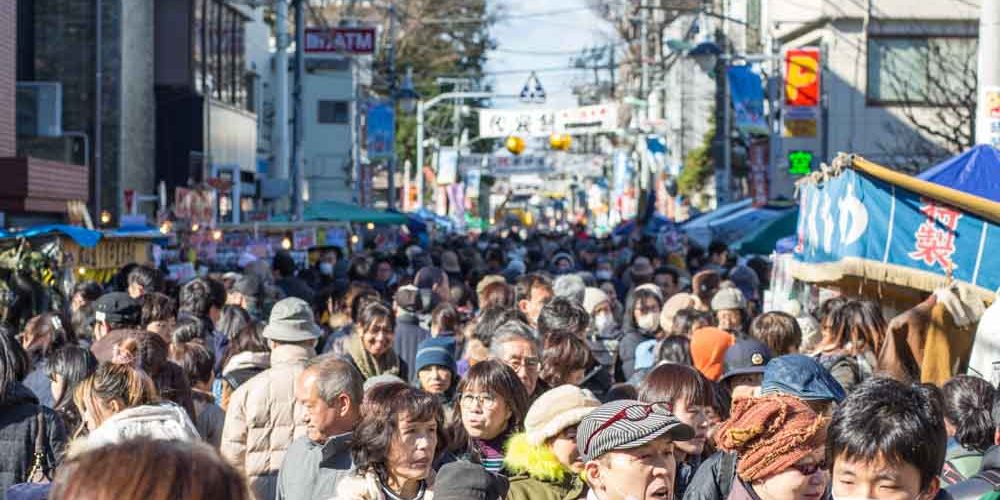
With only about 1% of the population adhering to Christianity, Christmas is not a major event on the calendar (indeed, it is an ordinary working day). That doesn’t stop the commercial districts getting in on the act: Christmas illuminations (done in a meticulous Japanese way) can be found in several areas throughout the city, and Christmas markets pop up in the parks and plazas. After Christmas, the biggest event of the year, New Year, is but a few days away, and many use up their personal holidays to extend the public vacation and get some rest before the next year brings it all round again.
General Cost
Generally considered off-peak, but avoid year-end and New Year if you’re concerned about prices. Much of the capital shuts down over the New Year period so it wouldn’t be the best time to travel, anyway.
Weather
Dry and cold with blue skies. Average temperature around 9°C (48°F)
